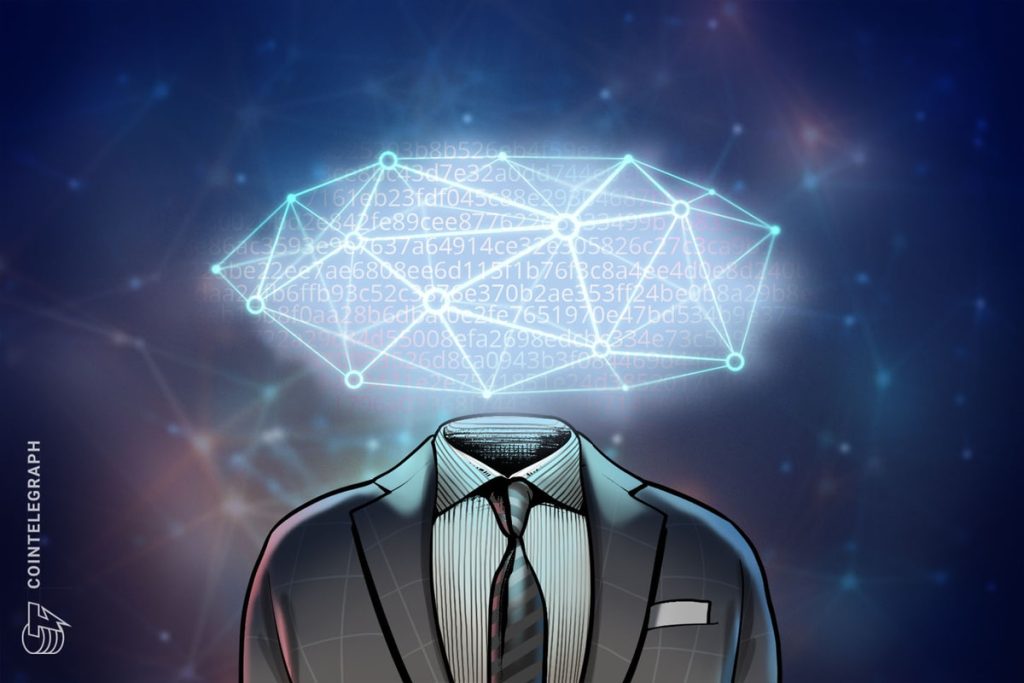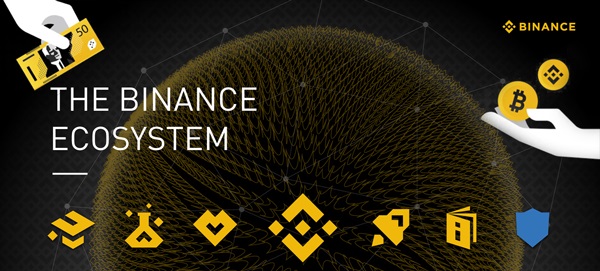7 real-world cloud computing examples to know

Cloud computing has become an important part of our lives, whether we realize it or not. Many of the services and applications we use on a daily basis, such as messaging and streaming music and video, are powered by cloud computing.
Here are real-world cloud computing examples to know.
Netflix
Netflix uses cloud computing to provide streaming services to millions of users worldwide. By hosting its content on cloud servers, it can ensure reliable and scalable delivery to a global audience.
Netflix uses a variety of cloud computing services and technologies, including Amazon Web Services (AWS) and content delivery networks (CDNs). The majority of Netflix’s cloud computing requirements, including storage, processing power and data management, are met by AWS. Netflix makes use of CDNs to guarantee that its users receive its content fast and consistently. To enable users to access the content from the closest location, CDNs keep copies of the content in many locations around the globe.
Also, netflix uses CDN (Content Delivery Networks) and they have servers around the world hosted on AWS (Amazon Web Services). The file/video you request is sent to the Content Delivery Network closest to you.
— Timi (@_timiowo) April 13, 2020
Slack
Slack is a cloud-based messaging and collaboration platform that allows teams to communicate and collaborate in real time. It utilizes cloud computing to provide scalability, reliability and accessibility to its users. Slack’s cloud infrastructure allows it to support a large number of users and messages, and to provide seamless access to its platform from multiple devices and locations.
Slack runs on cloud-based architecture that is designed to be highly available and fault-tolerant. It uses multiple data centers to ensure that its services are always available, even in the event of a failure in one data center.
Salesforce
Salesforce provides customer relationship management (CRM) services through cloud computing. This allows businesses to manage customer data, automate workflows and streamline sales processes.
Salesforce cloud computing involves the use of a variety of cloud services and technologies, including:
Infrastructure as a service (IaaS): Salesforce employs IaaS companies like Microsoft Azure and AWS to supply the underlying infrastructure for its cloud-based platform.Software as a service (SaaS): Salesforce offers its software products as an SaaS platform rather than as traditional software that must be installed on local devices.Platform as a service (PaaS): To enable developers to create and distribute unique apps on the Salesforce platform, Salesforce also makes use of PaaS technologies like Force.com and Heroku.Mobile computing: Salesforce also offers its users mobile apps that provide them access to their customer and sales data whenever and wherever they are.
Airbnb
Airbnb is a cloud-based platform for the sharing economy. Using Airbnb’s website or mobile app, hosts may offer their properties for rent, and visitors can book such rentals. Massive amounts of data, including property listings, booking information and customer preferences, are stored and managed by Airbnb using cloud computing.
As a result, the platform can offer features like real-time availability and pricing, secure payment processing, and customized recommendations that make the experience easy for both guests and hosts.
Air is the new Cloud. Airbnb, Airtable, Airbyte, Airbase, Airkit…
— Dmitriy Ryaboy (@squarecog) March 23, 2022
Uber
Uber uses cloud computing to manage its ride-hailing platform, including real-time location tracking, trip routing and fare calculation. This allows the platform to provide fast and reliable transportation services, with features such as real-time payment processing and personalized ride options. Cloud computing also enables Uber to scale its services to meet demand, provide 24/7 support, and ensure the safety and security of riders and drivers.
Related: An overview of peer-to-peer ridesharing using blockchain
GitHub
GitHub is a cloud-based platform that provides hosting for software development and version control using Git. It allows developers to store and collaborate on code with their team members, manage project tasks and track changes to code over time.
Please don’t apply for senior dev roles unless your GitHub looks like this pic.twitter.com/6wptzkrMb2
— Nat Miletic (@natmiletic) February 27, 2023
While GitHub itself is not a cloud computing platform per se, it is often used in conjunction with cloud computing services such as AWS, Google Cloud Platform and Microsoft Azure. Developers can use GitHub to host their code and then deploy it to the cloud using services such as AWS Elastic Beanstalk or Microsoft Azure App Service.
Google Cloud Platform
Google Cloud Platform is a cloud computing platform provided by Google that enables users to build, deploy, and scale applications and services using a wide range of computing resources. It is an example of cloud computing because it provides access to a wide range of computing resources on demand, including virtual machines, storage, networking, databases and other services, all delivered through the internet.
One example of how Google Cloud can be used is for building and deploying web applications. Developers can use Google Cloud’s compute resources to host their application code and data, and use services such as load balancing, autoscaling and container orchestration to manage the application’s performance and availability. They can also use Google Cloud’s machine learning services to add intelligent features to their applications, such as image recognition or natural language processing.
Is blockchain a part of cloud computing?
No, blockchain is not a part of cloud computing. While both blockchain and cloud computing are used in the context of modern computing, they are distinct technologies with different characteristics and use cases.
Cloud computing is a delivery model for computing resources such as servers, storage and software applications over the internet. Users who use cloud computing can use these services whenever they need to without having to buy and maintain their own physical IT infrastructure.
Related: 7 modern technology examples that don’t need electricity
Blockchain, on the other hand, is a distributed digital ledger technology that records transactions in a safe, open and unchangeable way. Blockchain is frequently used to build relationships of trust between parties who do not already know or trust one another. In order to prevent any one person or entity from tampering with the data, it accomplishes this by using a decentralized network of computers to verify and record transactions.
While it is possible to use cloud computing to host blockchain-based applications, blockchain is not inherently a part of cloud computing.















